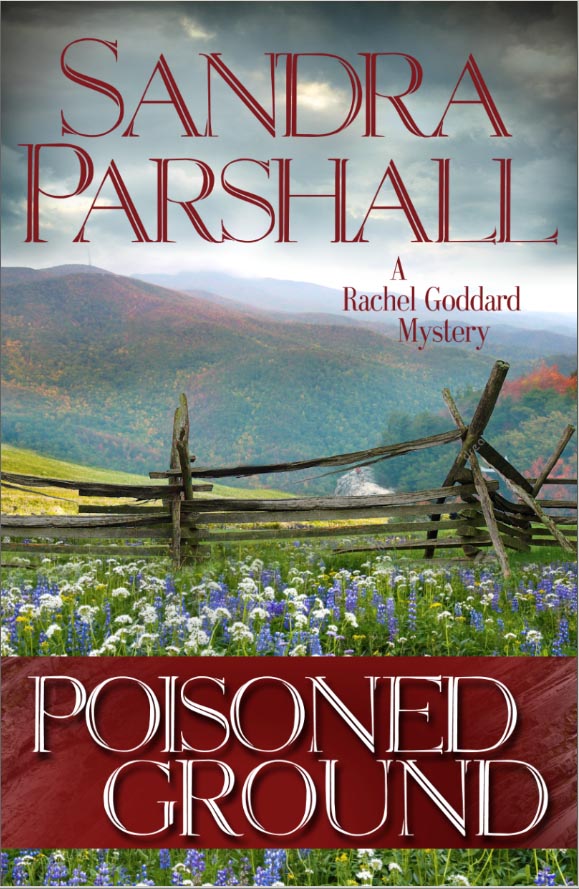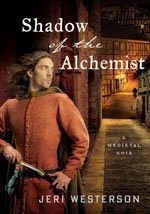Sharon Wildwind
Those of you familiar with Canada may know that yesterday we celebrated Victoria Day, also known as “the Auld Queen’s birthday.” Or, as it’s known in our house, the official beginning of summer. We Canadians can’t wait around for June 21 (which is mid-summer anyway, you know mid-summers eve and all that) to declare summer because, by that time, Arctic winds are massing around the North Pole, waiting to sweep through the Canadian prairies. Any time we make it through the first week in August without a killing frost, we consider it a good year.
Back to Queen Victoria, and to the most famous Victorian detective, Sherlock Holmes, who was in business (courtesy of Sir Arthur Conan Doyle) from 1878 to 1914, allowing for a short interruption where he went over Reichenbach Falls, and took a bit of time to come to his senses and return home after the ordeal.
All in all, Holmes worked with five Scotland Yard law enforcement officers: Inspector Lestrade, Tobias Gregson, Stanley Hopkins, Alec MacDonald, and Athelney (Peter) Jones. Many of us in the mystery community speak with great familiarity about Scotland Yard, “The Met,” bobbies, and other bits of Victorian policing. So, in honor of the Auld Queen, and Mr. Holmes, I thought I might give a big of a guide to policing in London in the nineteenth century.
Dating back to medieval England and firmly rooted in English common law is the practice that any citizen can make an arrest. In fact, every citizen was encouraged to be mindful of what was happening in his community and to take steps to reduce crime, and to apprehend criminals. Into the early 1800, formal law enforcement was handled by private security services, night watchmen, and hired “thief takers,” who were essentially bounty hunters.
Magistrates, also known as Justices of the Peace, often had no formal legal training. They were educated men of some substance, who volunteered their time to hear minor legal proceedings for a certain district. The novelist Henry Fielding was appointed a magistrate in the Liberty of Westminster in 1748. He lived and held his court at #4 Bow Street. His “thief takers” came to be known as the Bow Street Runners. Essentially, their law enforcement consisted of being told by Mr. Fielding, “Go get this person,” and they did. They did not act as detectives, make patrols, collect evidence, or try to prevent crime. Such an arrangement was common throughout the City of London and the surrounding counties. As you can imagine, it didn’t do a lot to make neighborhoods safer.
The Metropolitan Police Act was introduced by the Home Secretary Robert Peel and passed by Parliament in 1829. It created the third urban, non-paramilitary police forces in the world—the previous two were in Glasgow, Scotland, and in Paris, France.
We get police nicknames of “peelers” or “bobbies” from Robert Peel’s name.
Police patrols took to the London streets on September 29, 1829, and they were not popular. The first policeman was killed in the line of duty nine months later. The Coroner’s Inquest ruled his death justifiable homicide. Other officers were beaten, blinded, and attacked.
For ten years, The Metropolitan Police Force covered the City of London, and any place in the counties of Middlesex, Surrey, Hertfordshire, Essex or Kent, as long as these places were within twelve miles of Charing Cross. In 1839, the London Police Force was formed, essentially leaving “The Met’s” enforcement area looking like a doughnut. They were able to police all around the City of London, but not inside the city itself.
Keep in mind that the “city” of London is only about one square mile. It is the very heart of London, so the doughnut hole wasn’t very large, compared to the whole doughnut.
The original MPF headquarters was located in Whitehall, and to enter the building’s back entrance, the policemen had to cross through a bricked courtyard called Scotland Yard. The name stuck. However, because there was a great fear of organized spy rings and of the police spying on private citizens, the original metropolitan force didn’t have any detectives. The Detective Branch wouldn’t come into being until 1842. After several reorganizations over the next century and a half, it came to be what today is called New Scotland Yard.
Peel based his police force on two radical principles: first, that police officers must prevent crime and second, that the first objective could be achieved only if the public trusted, recognized, and were willing to assist police constables. To achieve both of these objectives, Peel authorized a whole set of conditions by which the police were to operate.
You might come across a list called “Peelian Police Principles,” which is represented as a list that Peel himself wrote down. Recent scholars makes a very convincing argument that Peel never wrote down such a list, though you can find references to many of the things on the list in his speeches and writings.
Here are the things that Peel promoted, which startled London and the surroundings counties, and set British policing on it’s ear:
Each constable was given a badge with a unique number. The constable was required to give his badge number to anyone who asked for it. A policeman could no longer hide behind the anonymity of his fists and a mask.
Constables wore blue uniforms, and carried only a truncheon to distance them from the army, who wore red uniforms and carried firearms. Previously the army was responsible for violent responses, including the use of firearms on civilians.
Constables were expected to enlist voluntary public cooperation in what we would call today Neighborhood Watches. Peel stressed that every English citizen still had the traditional responsibility for reducing crime and apprehending criminals. The police, however, were to be the only full-time, paid guardians of the law.
Policing was based on a series of local patrols. Constables were to know every nuance of their beats; restrain from using physical force; concentrate on persuasion, advice and warnings; and stay out of public houses during duty time.
The absence of crime and disorder was to be used as the measuring standard as to success of police efficiency.
Peels policing reforms worked. By the time Mr. Holmes investigated A Study in Scarlet in 1878, the bobby had become recognized around the world, whether as the caped, blue-uniformed beat cop, appearing out of the fog, tipping his hat, and wishing Holmes a good evening, or the red-faced, portly constable consulting his notebook in the witness stand and saying, “On March 27 of this year, at 9:52 PM, I was proceeding in a westerly direction, in the performance of my duties…”
-----
Writing quote for the week:
The police are the public and the public are the police; the police being only members of the public who are paid to give full time attention to duties which are incumbent on every citizen in the interests of community welfare and existence.
~Sir Robert Peel, British Home Secretary, 1834 to 1835 and 1841 to 1846
Tuesday, May 20, 2008
Subscribe to:
Post Comments (Atom)










2 comments:
That was really interesting.
Thanks!
Hi, ilana,
Glad you found it interesting.
Post a Comment